Is there anything more wonderful than a stack of buttermilk pancakes dripping with golden maple syrup?
How about seeing how the sweet syrup is made and then tasting the final product?
Every spring, maple producers across New England begin collecting sap from sugar maple trees and boiling it down into syrup, often using the same methods that have been employed for centuries.
Don’t wait too long to travel there, though, because the sap is already flowing.
Vermont and New Hampshire will be celebrating their annual Maple Weekend on March 24-25, when about 200 sugarhouses across both states will be open for free tours, tastings and demonstrations.
The sugaring season runs roughly from early March to late April, but the timing can be tricky. Optimal sap flow requires temperatures of below freezing at night and 40˚ to 45˚ Fahrenheit during the day. This freezing and thawing pattern builds pressure within the trees, which causes the sap to flow.
Four million gallons of syrup
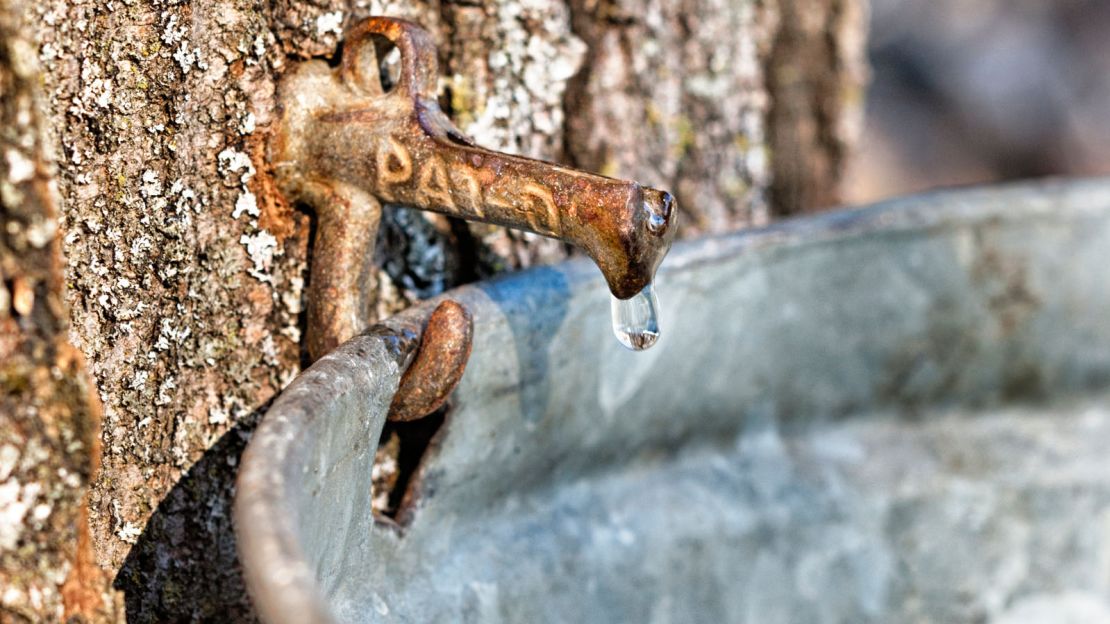
Last year, more than 4 million gallons of maple syrup were produced in the United States, and Vermont trees were responsible for nearly 2 million gallons. Neighboring New Hampshire produced 154,000 gallons.
While New Hampshire and Vermont have a few large commercial operations, most syrup is produced on small to midsize family-owned farms. Both states are dotted with picturesque sugarhouses, white steam billowing from their cupolas.
Regardless of the size of the operation, the process of collecting sap and boiling it down into syrup hasn’t changed much since the indigenous populations in New England taught their methods to European settlers.
The trees are tapped in midwinter, usually in February. Tapping involves drilling a hole in sugar maple trees with trunks at least 10 inches in diameter, and inserting clean taps.
Traditionally sap was collected in buckets hung on trees, but it’s more common these days to see plastic tubing snaking from tree to tree, leading to a collection container or directly into the sugar shack. (Some farms use both methods.)
Even large sugaring operations refer to the building where sap is boiled as a sugarhouse or sugar shack. The rustic wood buildings are often built by hand, and most have an open hinged roof to ventilate the sweet steam produced in the boiling process. It takes anywhere from 40 to 60 gallons of sap to produce one gallon of syrup.
Maple syrup lovers who can’t make the weekend celebrations can still visit these beloved sugarhouses any time of year. Just call in advance to let them know you’re coming. That’s because Mother Nature is in charge of the timing, and when she’s done, so is the season.
Here are a few of our favorite farms to visit in season. The tours are all free, and of course the farms will have their maple products on sale.
From sap to syrup in Vermont
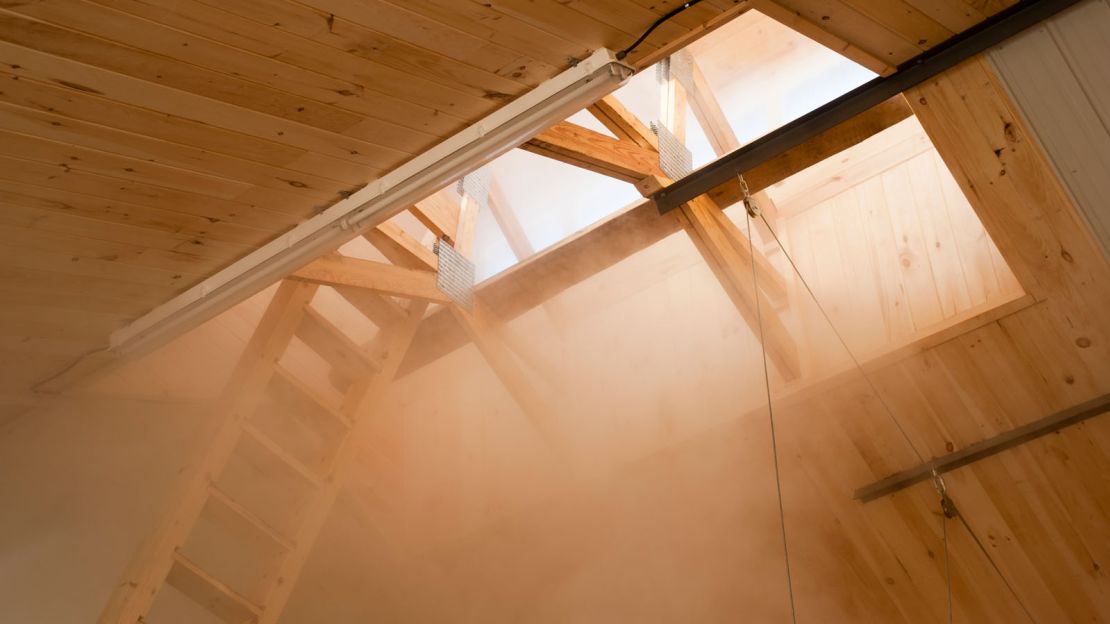
Silloway Maple in Randolph Center, Vermont, has been producing maple products since 1942 and participating in the Maple Weekend for the past five years.
“We’ve had visitors come who actually think syrup comes straight out of the tree,” says Bette Lambert, co-owner of the family business.
Bette’s son Paul Lambert and his cousin John Silloway are the third generation to run the farm, which last year produced 3,500 gallons of syrup from 6,200 taps. In all, 22 members and four generations of the Lambert-Silloway family participate at varying levels in tapping, collecting, boiling, bottling and making maple products.
It’s all done in a bright red sugarhouse at the end of a muddy road in rural Vermont. The simple wooden structure belies the modern technology employed within: The five-year-old sugarhouse is solar-powered and sports shiny new equipment alongside a cast-iron wood stove.
Silloway farm will be firing up their wood stove for Maple Weekend and doing tapping demonstrations every hour. Kids can enjoy hayrides, a petting zoo and tractor trips into the woods to collect sap. Bette Lambert will be serving sugar on snow, donuts and syrup-boiled hotdogs.
Silloway Maple, 1303 Boudro Road, Randolph Center, Vermont; +1 802 272-6249
Getting creative in New Hampshire

In 2004, Nick Kosko, an electrical engineer, and his schoolteacher wife Cindy decided to try making maple syrup for fun. In 2017, they produced 780 gallons using 2,200 taps at their Meadow View Sugarhouse in Union, New Hampshire.
During Maple Weekend, “we’ll have a bluegrass band and tours of the sugar woods, showing the whole process, from tapping trees to the collection point,” says Nick.
Visitors can also enjoy free samples of their maple products, including candy, granulated sugar, cream and their newest creation, bourbon-aged maple syrup, which is aged in an old bourbon barrel for up to 6 months.
“We started doing that a couple of years ago to get more value-added products,” says Nick Kosko. “I knew it was going to be good, don’t get me wrong, but I was shocked that it took so much of the barrel flavor.”
Meadow View Sugarhouse,141 Wakefield Road, Union, New Hampshire 03887; +1 603 842-0416
One of Oprah’s favorite things
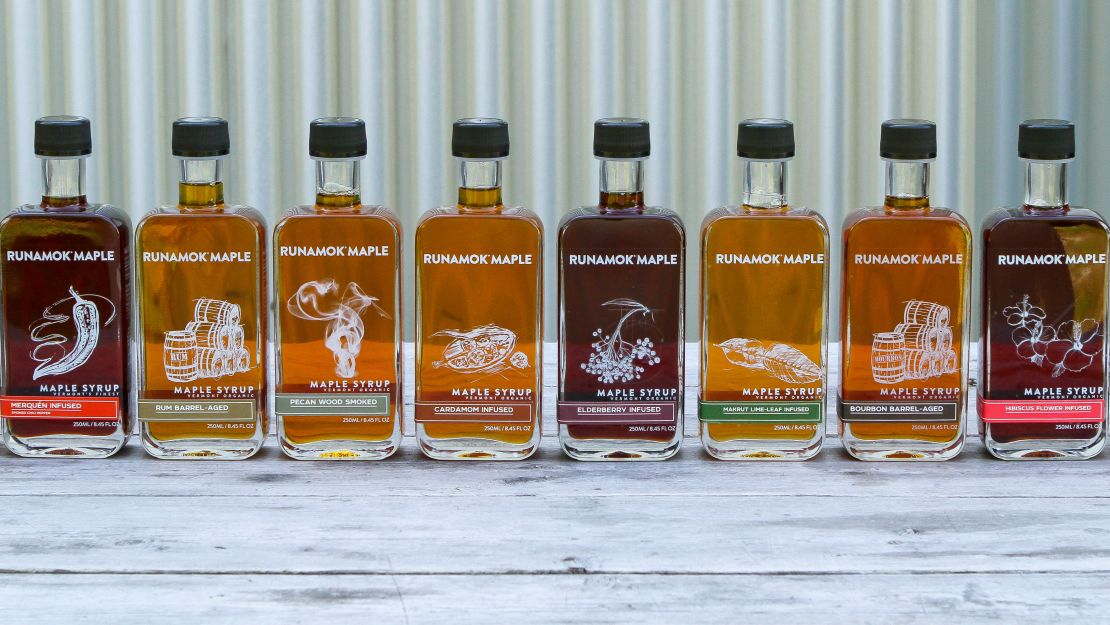
When Laura and Eric Sorkin moved from Washington, DC to northwest Vermont in 2000, they never dreamed they’d wind up running one of the largest syrup operations in the country. Their original plan was to farm vegetables.
“We’d always talked about sugaring and finally jumped in with both feet in 2009,” says Eric Sorkin, co-owner of Runamok Maple in Cambridge, Vermont, which has nearly 100,000 taps.
For the first seven years, they sold their syrup in bulk to companies that would package it under various labels.
In 2016, they decided to get creative, launching their own line of infused syrups in modern glass bottles at the Fancy Food Show in New York.
Their hibiscus flower and cinnamon-vanilla infused syrups were chosen as one of Oprah’s Favorite Things in 2016, and today Runamok products are sold in more than 1,000 stores around the country.
It’s turned into “a large operation with big equipment and lots of noise that happens to make maple syrup,” says Eric Sorkin. “We take something that comes out of a tree and turn it into ambrosia.”
He recommends the Makrut lime-leaf infused syrup. “It’s an amazing combination – light and floral. It’s just magic,” he says.
Runamok Maple, 189 Glenn Drive, Cambridge, VT 05444; +1 802 644-9366
Produced by Olympic champions
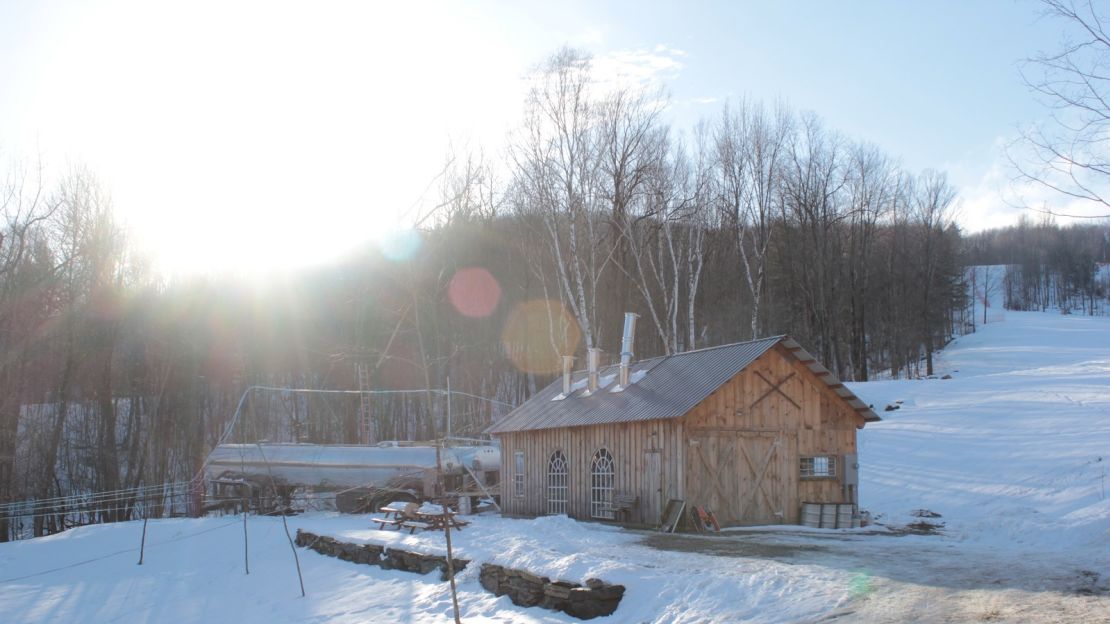
Slopeside Syrup in Richmond, Vermont is the only sugarhouse on our list that visitors can ski to – literally.
Back in 1961, Mickey and Ginny Cochran put a rope tow and a few ski trails behind their house for their four children. Those children went on to become champion alpine skiers, winning both World Cup titles and an Olympic gold medal.
Eventually the family welcomed other children to use the facility, and in 1999, the family turned Cochran’s Ski Area into a nonprofit providing affordable skiing and snowboarding lessons to local youth.
In 2010, four of the Cochran’s 10 grandchildren opened Slopeside Syrup, and their hand-built timber sugarhouse sits a snowball’s throw from the slopes.
With 22,500 taps, Slopeside produces 80 gallons of syrup per hour. But the golden liquid is just one of many products they produce.
“We have a line of athletic nutrition products, including 100-calorie maple gel packets. A lot of pro cyclers, runners and weekend warriors buy them. They also happen to be the perfect size to take on airplanes,” says Doug Brown, a co-owner of Slopeside and an avid skier.
Visitors can tour the small, fast-paced sugarhouse, inspect the tubing that winds through ski trails and sample products, including stroopwafels and coffee-infused maple syrup – and then take a few runs on the slopes.
“Walk on over or ski on down,” says Brown.
Slopeside Syrup, 1090 Cochran Rd., Richmond, VT 05477; +1 802 222-0440
From beef to syrup in New Hampshire
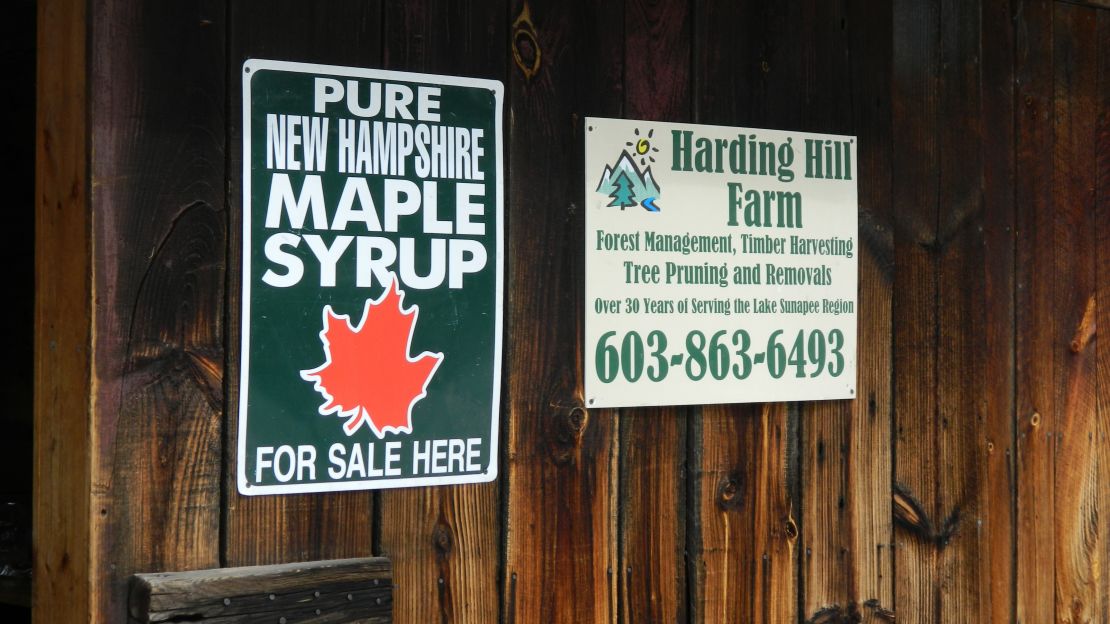
Harding Hill Farm sits just down the road from Mount Sunapee Resort, encompassing some 2,800 acres amassed by Tyler Webb’s grandfather, who filed easements to turn it into conservation land. In partnership with a number of local conservancies, the land is open for public access and recreational use.
“We are a diverse little company,” says Tyler Webb, describing the family farm in Sunapee, New Hampshire, which he runs with his wife Kelly and his father Van.
When they are not tending to their 1,300 taps, Van – who has been sugaring on the same property since 1963 – and son Tyler are busy running their sustainable timber harvesting business and raising 19 grass-fed beef cattle.
‘We’ll be offering samples of our beef and a few beef dishes, along with the syrup and cookies,” says Tyler Webb. “We’ll also be conducting sugarhouse tours, and explaining the whole operation from sap collection to bottling.”
Tyler Webb, who just turned 33, says he’s been making syrup for approximately 33 years.
“We are expecting our first child, a son, and we’ll start him sugaring when he’s six months old,” says Tyler Webb.
Harding Hill Farm (sugarhouse location), 131 Route 103 in Sunapee, NH. 03782; +1 603 863-6493
Jaimie Seaton is a New Hampshire-based writer, who has lived in Europe, Africa and Asia. Her work has appeared in numerous publications, including Newsweek, the Washington Post and O, The Oprah Magazine. Follow her on @JaimieSeaton.











